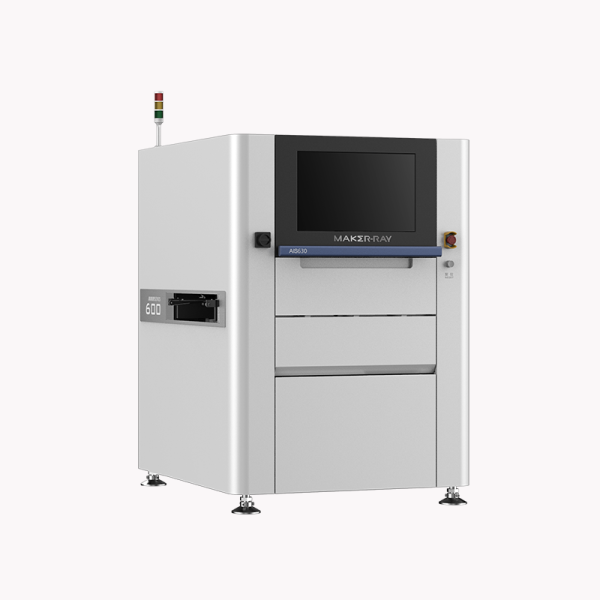Many interesting possibilities come with machine vision inspections and it can be difficult to decide which one you should choose for your company. With more companies adopting this technology, there’s a lot of opportunity for growth in the industry. Machines have several advantages over humans – such as being able to process images faster and more accurately than humans, not needing breaks or even sleep, and being able to inspect items from any angle. Not only does machine vision inspection offer these advantages, but it can also improve safety and quality control.
What is the value of machine vision inspection?
Machine vision inspection is a technology that uses computer vision algorithms to identify abnormalities or defects in manufactured products. Machine vision inspection has become an essential tool for quality assurance and product reliability, as it can detect problems that would otherwise go unnoticed. Machine vision inspection can help identify issues such as:
-Incorrect specifications or design flaws
-Defects in the materials used in the product
-Inoperable or malfunctioning equipment
-Errors during manufacturing processes
Why do companies use machine vision inspection?
- Increased Product Quality. By identifying and resolving issues before they cause damage, machine vision inspection leads to increased product quality and safety.
- Reduced Time to Market. By identifying problems early, companies can reduce the time it takes to bring new products to market.
- Enhanced Manufacturing Processes. Machine vision inspection can help improve processes by providing real-time feedback on machine performance and output.
- Improved Customer Experience. By quickly identifying and addressing errors in products, customers can have a positive customer experience.
How do they work?
Machine vision inspection is a type of inspection where a computer system is used to identify abnormalities in parts or products. Machine vision inspection can be used in a variety of industries, including automotive, aerospace, and manufacturing.
The basic principle behind machine vision inspection is to use cameras to capture images of the object being inspected. The images are then processed by a computer system, which can identify abnormalities. Machine vision inspection offers several advantages over other inspection methods. First, it is fast and easy to use. Second, it can be used in difficult-to-reach areas. And lastly, machine vision inspection can be used to inspect multiple objects at once.
Conclusion
Machine vision inspection has come a very long way in the past few years, and there are now many different applications for this technology. By understanding what machine vision inspection can offer your business, you can make sure that you’re getting the most out of this powerful technology. Feel free to contact MAKER-RAY and we can provide you with more information.




